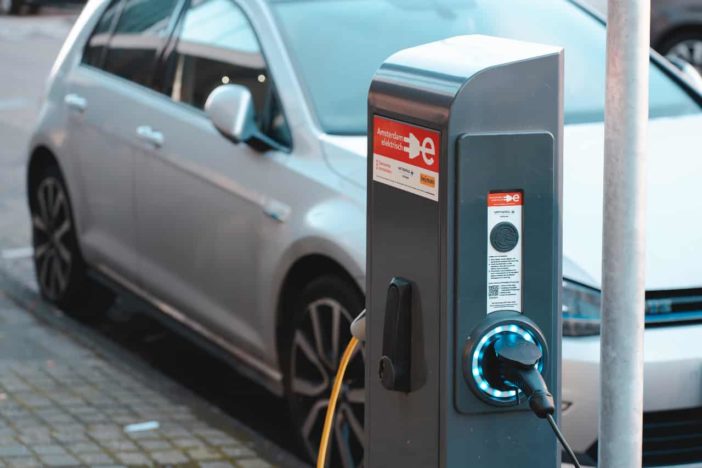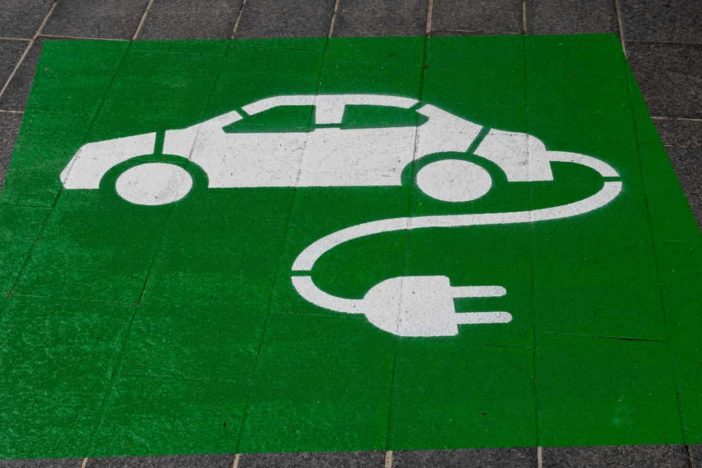Electric vehicles are one of the trending buzzwords of the automotive industry. Manufacturers and suppliers are continuously working to implement new methods to introduce new Electric Vehicles (EVs) in the market. And there are many more on the way. Leading car manufacturers claim that by 2030, half or more of the vehicles on the road would be electric.
Employers may help boost the comfort and affordability of driving electric vehicles for their employees by developing proper workplace charging stations. Workplace charging can show that you’re ahead of your competitors when it comes to adopting cutting-edge technology. This article will help you to set up a charging station successfully at your workplace.
What are Charging Stations?
An electric vehicle is powered by a battery. It will not work if there is no electricity stored in it. The electricity stored in the EV’s battery is utilized to power various components when you drive the car. You’ll need to recharge the car’s battery to get that electricity back.
A charging station, also known as an Electric Vehicle Supply Equipment (EVSE). It is the equipment used to charge plug-in electric automobiles. It converts the electrical supply voltage from 120-volt or 240-volt AC into a voltage that the EV battery system can handle.
Types of Charging Stations
Chargers are usually categorized into three different tiers on the basis of their speed and range of charging. The range/type of electric vehicles you wish to charge through your charging station is the first thing you must determine when setting up an EV charging station. Here are three types of charging stations:
1. Level 1 Charging Stations
The simplest of the three types is a Level 1 charging station. The charging cable that comes with an electric vehicle when it is purchased or leased is essentially a Level 1 charger. These chargers operate on ordinary household current (110-120 volts AC), and many simply plug into a grounded wall socket with a three-prong plug.
Level 1 chargers are enticing because of their simplicity and low cost, but they have the drawback of slow battery recharge rates. For recharging an EV with a Level 1 charger, a fair rule of thumb is four miles of battery range every hour of charging. With this, you can determine that it would take approximately one day just to drive 100 miles.
2. Level 2 Charging Stations
Some Level 2 charging stations are portable, and they use the same multi-pronged socket and outlet as clothes dryers do.
These charging stations are the most suitable for offices, and each Level 2 connector can charge multiple vehicles per day. Organizations must frequently set regulations encouraging employees to share charging stations and relocate their charged automobiles after a specific period of time has passed.
3. Level 3 Charging Stations
A Level 3 charging station is the third category of electric car charging station, and it is intended for business use.
DC Fast Charging is enabled via Level 3 charging stations, which allows for substantially faster charging times. Some Level 3 charging stations can charge an electric vehicle’s battery from empty to full in an hour or less.

Setting Up a Charging Station
1. Address the Administrative Issues
The first step toward successful workplace charging administration is to appoint a team to handle the administration of the charging stations and take care of maintenance, daily operations, as well as any associated expenditures. Workplace charging operations are often managed by a sustainability or facilities manager in larger firms.
Smaller firms, on the other hand, may not have these positions. This requires urgent solutions as lack of te may cause problems. Employers can resolve difficulties quickly and efficiently if all necessary departments and personnel are aware of who is accountable for the program’s administration and enforcement.
2. Decide the Location
Selecting a location for your office that meets all requirements is a critical task. Your property should have a good crowd for the optimum utilization of your hosting and a greater profit for you. To make the most of the EV charging station, you’ll need a good site where most of the electric vehicles are used.
As long as the facility adheres to the commercial charging standards, it will be designated a public charging station. The location should also have enough entry and exit points.
3. Choose a Service Provider
If you want to increase the profitability of your EV charging station, you need to partner with the best hosting company that offers the required services. To connect with reputable businesses, you need to conduct your own research. Companies like Zhejiang Beny can help you with your research and equipment needs.
4. Decide the Pricing Policies
Employers who offer workplace charging must make a plan of how employees will be charged for using the charging stations. Employees can participate in many existing workplace charging initiatives for free. Fees, on the other hand, can assist offset the capital and operational costs of workplace charging. You should also keep in mind that not all employees can utilize the charging stations due to different modes of transport.
Conclusion
This article discussed some important factors for setting up a charging station for your business. To successfully set up a charging station requires research, knowledge, and the scope of the market.
Setting up one is considered a big step towards sustainability. It can be a very useful service for employees who plan to buy electric vehicles in the future.





